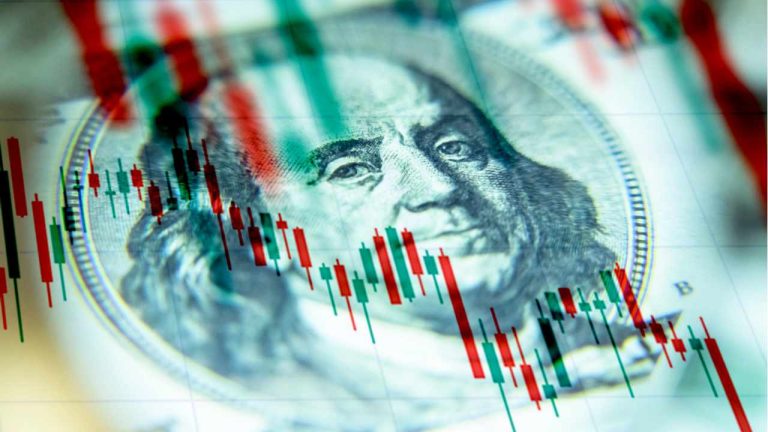Russia Actively Shifting to Settlements in National Currencies, US Dollar Share Declining, Says Foreign Minister

Russia is actively shifting to settlements in national currencies with its partners, Foreign Minister Sergey Lavrov has affirmed. He expects the transition away from the U.S. dollar to only gain momentum. “This is true not only for Africa, but also for Latin America, our Asian friends, as well as Iran, India, and China,” the top Russian official stressed, noting that the USD’s share is “steadily declining.”
De-Dollarization Trend Gaining Momentum
Russian Foreign Minister Sergey Lavrov said Monday that the utilization of national currencies in settlements between Russia and its partner countries will continue to gain traction, Tass reported.
Responding to a question regarding Kenya’s intention to pay for oil exports in local currency, Lavrov remarked:
Of course, as trade turnover grows, the transition to payments in national currencies will become more practical — this is the future. This is true not only for Africa, but also for Latin America, our Asian friends, as well as Iran, India, and China.
“We are already actively shifting to settlements in national currencies, and the dollar’s share is steadily declining … So, this process will only gain momentum,” the Russian foreign minister continued.
He then noted that Brazilian President Luiz Inácio Lula da Silva has proposed prioritizing the establishment of a payment system independent of the U.S. dollar or the euro that “would rely on decisions and agreements that would be developed, including within the framework of the BRICS New Development Bank.”
The Brazilian president has been a vocal de-dollarization supporter. He recently urged all developing countries to ditch the USD as a reserve currency and use national currencies in trade. He also supports the creation of a common BRICS currency. The BRICS nations (Brazil, Russia, India, China, and South Africa) have been strengthening economic cooperation and pushing for increased trade in national currencies.
Alexey Overchuk, Russia’s deputy prime minister for Eurasian integration, revealed during the second Eurasian Economic Forum last week that the Eurasian Economic Union (EAEU) has made significant progress in moving to payments conducted in national currencies. He detailed that the share of settlements made in national currencies in mutual trade between EAEU member states reached 90% in March. “Therefore, de-dollarization is already a reality in the Eurasian Economic Union … The EAEU has virtually shifted to payments in national currencies,” the deputy prime minister stated.
A growing number of countries across the globe have accelerated their de-dollarization efforts. Besides the BRICS and the EAEU, 10 Southeast Asian nations that are members of the Association of Southeast Asian Nations (ASEAN) recently agreed to promote the use of national currencies. Moreover, top officials of nine Asian countries met in Iran last week to discuss de-dollarization measures.
Do you think the U.S. dollar will lose its world’s reserve currency status? Let us know in the comments section below.
from Bitcoin News https://ift.tt/U0o9ARD
Comments
Post a Comment